Social Events
Taste of Dublin – Museum Croke Park
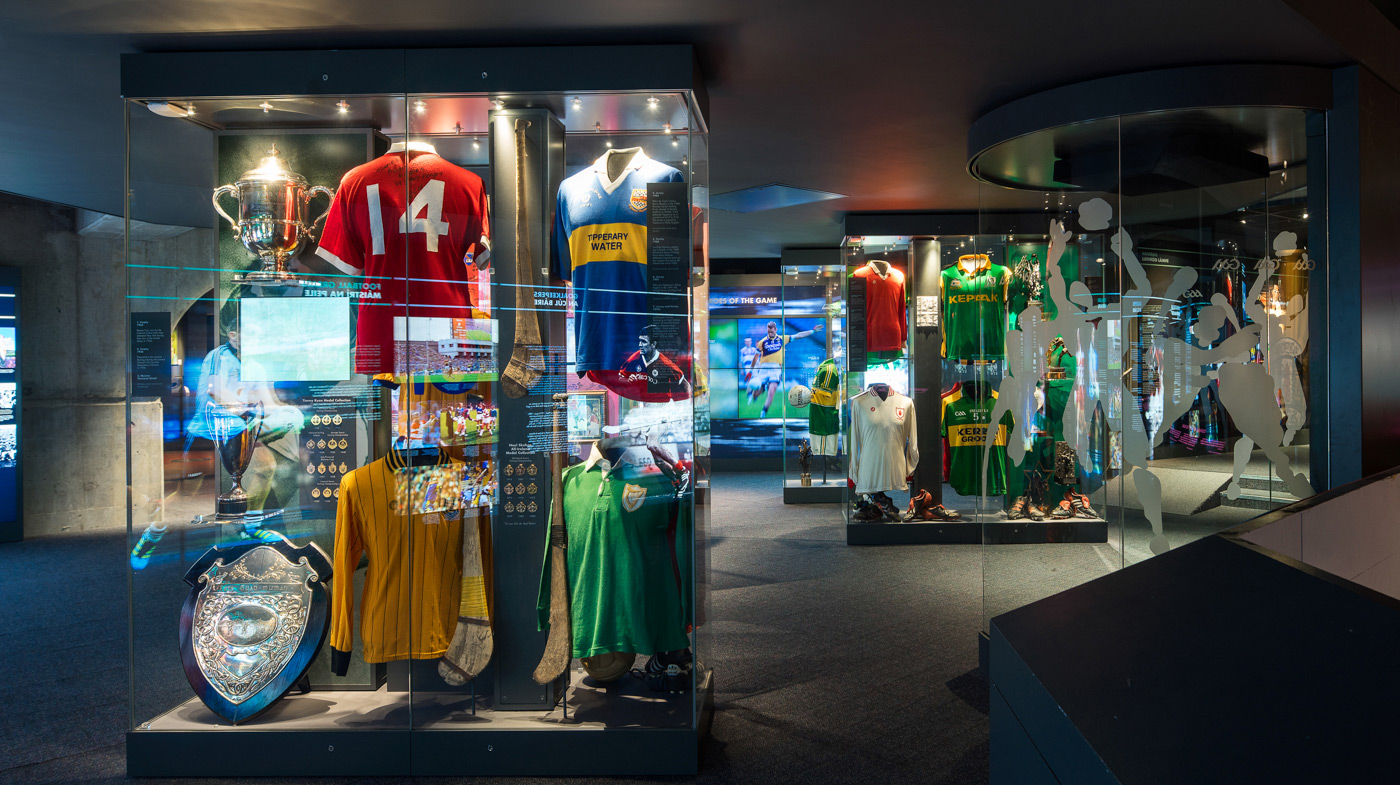
A trip to Croke Park simply wouldn’t be complete without experiencing the treasured GAA Museum. Get ready to immerse yourself in the spine-tingling and completely unique story of Gaelic games from ancient times to the present day.
This museum is like no other sporting museum you’ll ever visit. It not only celebrates the history of Ireland’s national games, it also vividly brings to life how the GAA has contributed to Ireland’s cultural, social and sporting heritage.
Featured exhibitions include the original Sam Maguire and Liam MacCarthy Cups, the rousing Hall of Fame, and a whole floor dedicated to the games as they are today. When you’re done exploring, get a taste of the action in the popular Interactive Games Zone, where you can test your hurling and Gaelic football skills!
Website: https://crokepark.ie/gaa-museum-tours/gaa-museum
Spirit of Dublin – The Church Café Bar and Restaurant
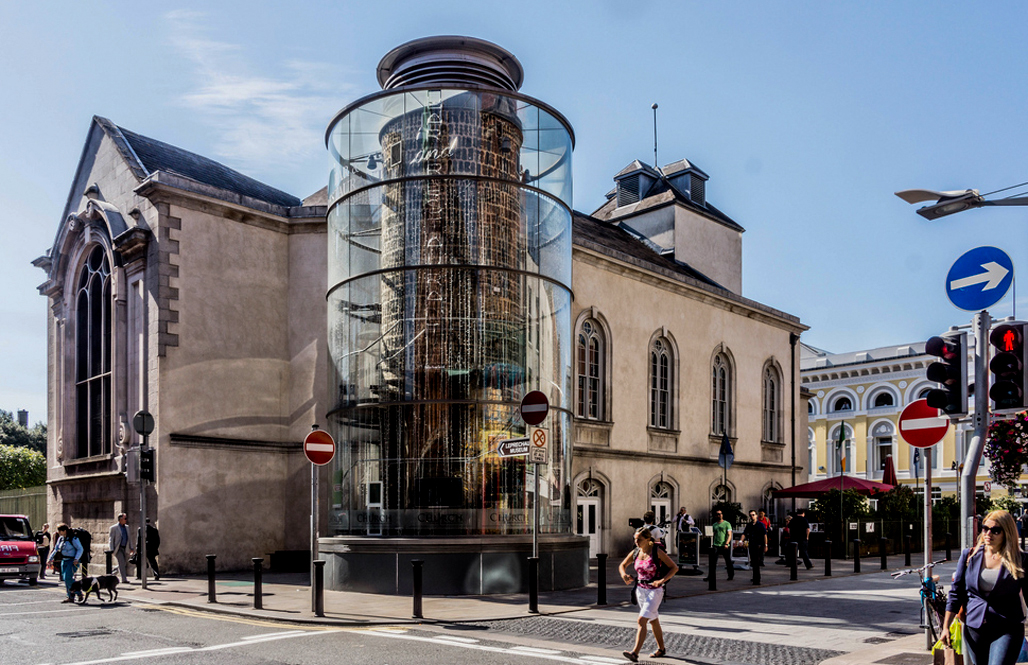
Welcome to The World-Famous Church Bar & Restaurant. The Church is the ‘local’ of choice for native Dubliners and welcomes over 800,000 visitors annually from all over the world who come to experience the culture, atmosphere and friendly service Dublin has to offer.
The Church has five different settings over four floors. Offering world class cocktails & casual dining is in the Main Bar as well as Live Traditional Irish Music Sundays – Wednesdays and a late bar with entertainment at weekends- There’s always a great atmosphere.
For Dinner, The Gallery Restaurant is set on the upper level of The Church with a stunning view overlooking the main bar. Stay til’ Late at The Cellar Bar & Nightclub, which opens at weekends and is the ideal location for guests to finish the night and party into the early hours of the morning with Dublin’s top party DJ’s. The sun filled Garden terrace offers the perfect ‘al fresco’ dining experience and is popular with Corporate BBQ’s.
Website: https://www.thechurch.ie/
The Story of the Capital
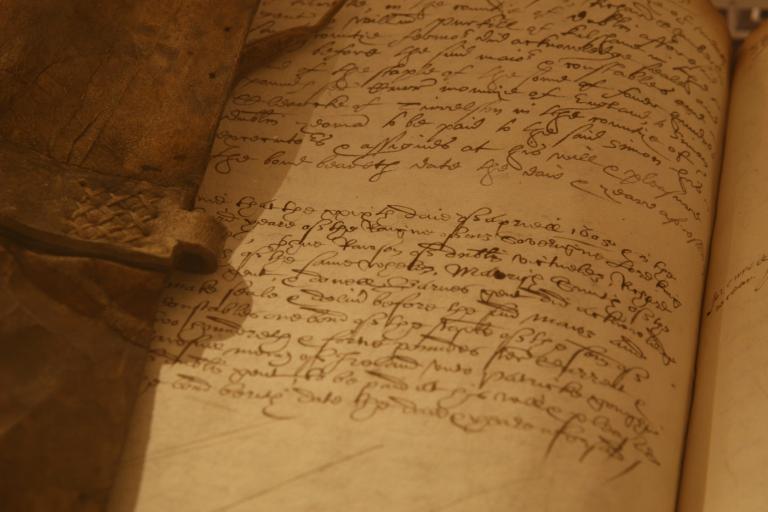
‘The story of the Capital’ is a multimedia exhibition tracing the civic history of Dublin City. The exhibition features artefacts such as the Seal of Dublin City, the Great Mace of Dublin and The Sword of the City. The exhibition traces the civic history of Dublin, beginning as far back as 441A.D. and the first Viking invasion of Dublin.
There are interactive screens, video displays, information panels, artefacts and replica models recounting the tumultuous history of the city. Dublin Fire Brigade has a never-before-seen collation of artefacts, personal items, memorabilia, uniforms and letters on display to mark the centenary celebration of the 1916 Rising.
There is also one of the original Proclamations from the 1916 Easter Rising on display at City Hall. This Proclamation was donated by the family of Elizabeth O’Farrell, to the people of Dublin, in the 1950s. The Gal na Gréine Flag, otherwise known as the Na Fianna Banner or the Flag of Countess Markievicz, is on loan from the Royal Collection Trust, courtesy of Her Majesty Queen Elizabeth II, 2016.
The third room in the exhibition space currently houses a temporary exhibition dedicated to former Lord Mayor of Dublin, Richard P. Gogan.
Exhibition Leaflets
The Story of The capital
Book of Kells @ Trinity College & Gala Dinner
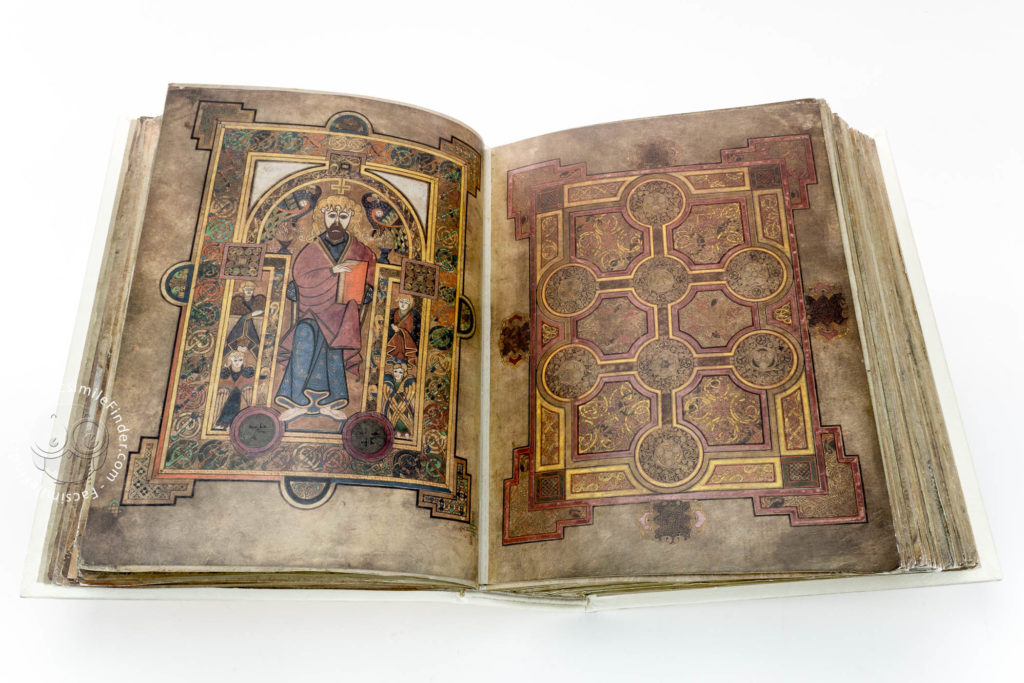
The Book of Kells Exhibition is a must-see on the itinerary of all visitors to Dublin. Located in the heart of the city centre in Trinity College Dublin, the Exhibition displays the Book of Kells, a 9th century manuscript that documents the four Gospels of the life of Jesus Christ. The Book of Kells is Ireland’s greatest cultural treasure and the world’s most famous medieval manuscript.
Website: https://www.tcd.ie/visitors/book-of-kells/
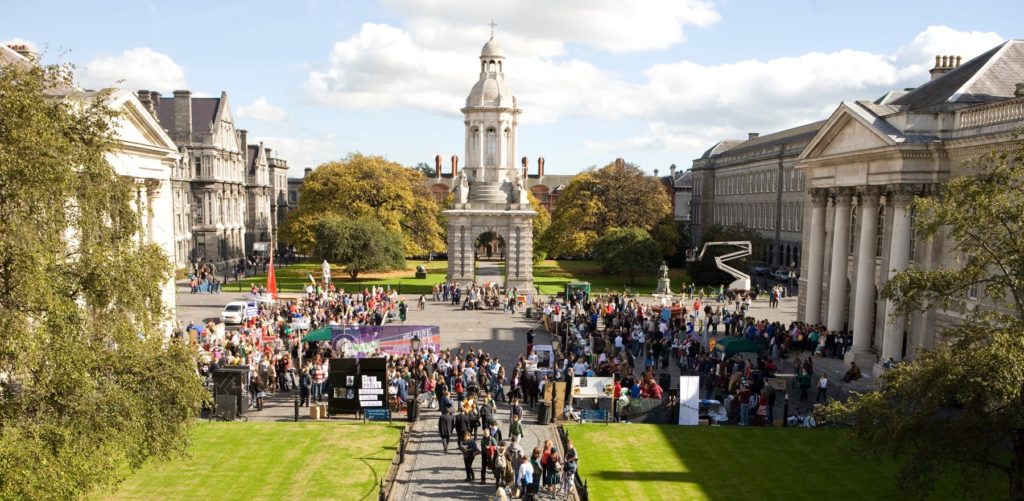
Trinity College itself has a number of other interesting attractions including guided tours (which last approximately 35 minutes), Science Gallery (contemporary art and science exhibitions alongside a programme of events including talks, workshops, music performances, food presentations and film screenings) and the Zoological Museum (animal phyla, from tiny protozoa to large mammals, and over 12,000 insect specimens).
Website: https://www.tcd.ie/visitors/#other-things
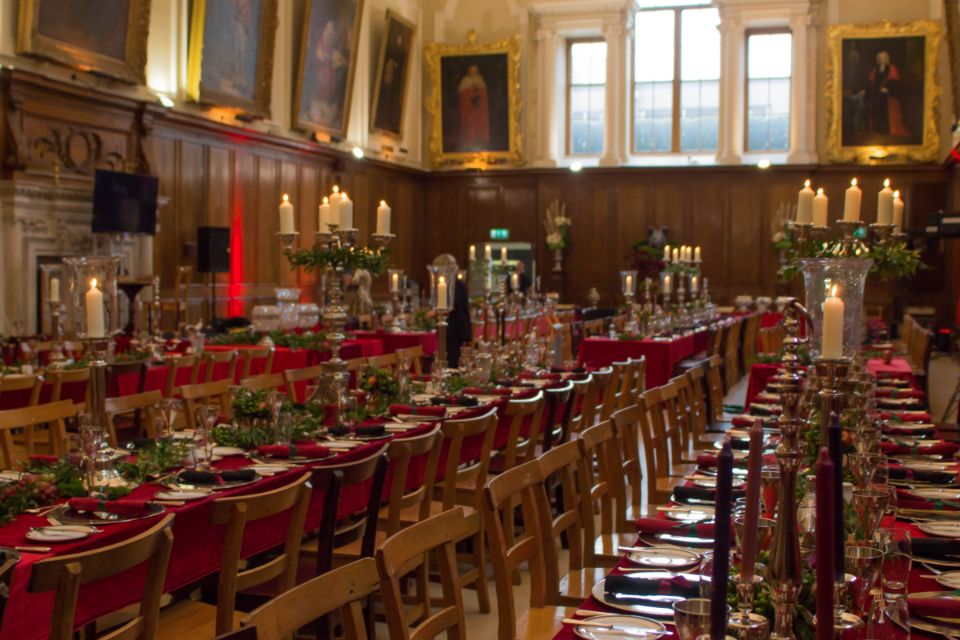
The Trinity College Dining Hall was originally designed by Richard Castle but after its collapse (on two separate occasions) the building was rebuilt by Hugh Darley in c. 1760. The exterior is Ionic in style, the finest part of its interior is the staircase and the Common Room.
